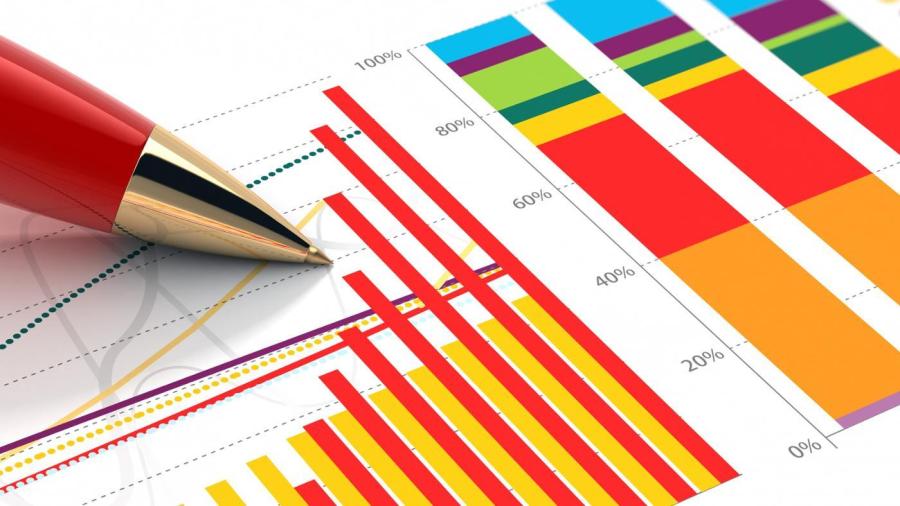How Do You Determine If Data Is Normally Distributed?

Data that is normally distributed can be represented on a bell-shaped curve. When data is distributed normally, it skews heavily towards a central value with little bias to the left or right. With normally distributed data, the mean, median and mode are equal. There is symmetry in the center, with 50 percent of values less than the mean and 50 percent of values greater than the mean.
Normal distribution of data is a popular concept used in the field of social sciences. It is best suited for data that meets several conditions. First, there must be a strong tendency for data to take on a central value. Second, there must be an equal likelihood of positive and negative deviations from this value. Finally, the frequency of the deviations must fall off rapidly while moving away from the central value. Unlike other distributions, such as the logistic and Cauchy distributions, the likelihood of having extreme values that deviate from the central data value are rare. Because of this, some argue that normal distribution does not best represent real-world data, and many human activities display extremely skewed distributions. Normal distribution is good for symmetric data unless there is a likelihood of extreme values. Human height and measurement errors follow normal distribution.





